In the digital age new terms emerge with fascinating regularity often sitting at the intersection of scientific terminology and commercial branding. One such intriguing keyword is Sodiceram to the uninitiated it may appear as a random assortment of syllables but a closer examination reveals a name rich with potential meaning suggesting a product a company or a material born from modern innovation.
This article delves into the etymology and possible applications of Sodiceram breaking down its components to uncover its significance.
A Linguistic Deconstruction The Parts of the Whole
The power of the name Sodiceram lies in its clever construction which appears to be a portmanteau derived from two distinct scientific fields:
Sodi: This prefix is unmistakably linked to the chemical element Sodium symbol Na. Sodium is a highly reactive, alkali metal. In industrial and chemical contexts sodium compounds are fundamental. They are used in everything from manufacturing glass and paper to producing soaps and detergents. The inclusion of Sodi immediately grounds the term in chemistry and materials science.
ceram This suffix is a clear shorthand for Ceramics. Ceramics are inorganic non metallic solids known for their hardness high melting points and resistance to wear and corrosion. Advanced ceramics are engineered for specific purposes used in fields like aerospace (heat resistant tiles), electronics (insulators) and medicine (biocompatible implants).
When combined Sodiceram logically suggests a sodium based ceramic or a ceramic material engineered using sodium compounds.
Potential Real World Applications of Sodiceram
Given its descriptive name what could Sodiceram be Several compelling possibilities emerge:
A Specialized Industrial Material
Sodiceram could be a proprietary class of ceramic designed for exceptional performance in harsh environments. For instance it might refer to a type of sodium beta alumina ceramic a solid electrolyte known for its high ionic conductivity. This material is crucial in advanced battery technologies such as sodium sulfur batteries which are used for large-scale energy storage. In this context Sodiceram would be a high tech enabler for the renewable energy sector.
A Product Line or Brand Name
It is highly plausible that Sodiceram is a trademarked name for a specific product. A company specializing in chemical reagents or lab equipment might sell Sodiceram as a sodium rich catalyst or a specialized ceramic crucible designed for processes involving molten sodium or its compounds. The name itself conveys a sense of scientific precision and quality.
A Research and Development Focus
Sodiceram could be the name of a research project or a startup company focused on developing new ceramic composites. The name effectively communicates its core mission to investors and the scientific community, signaling an expertise in merging sodium chemistry with ceramic engineering.
The Bigger Picture The Language of Innovation
The term Sodiceram is a perfect example of how modern innovation is named. It is not a cryptic code but a functional label designed to be descriptive and memorable within its target audience.
This practice serves several purposes
Clarity: It instantly informs chemists engineers and procurement specialists about the material’s general composition.
Distinction: It creates a unique identity in the marketplace separating it from generic alternatives.
Authority: The technical sounding name lends an air of expertise and scientific advancement.
Conclusion
While the exact nature of Sodiceram may require specific context to pinpoint be it a battery component a lab supply or a company name its meaning is clear in its intent. It represents a synthesis of fundamental chemical principles and advanced material science. The next time you encounter a term like Sodiceram look at it as a window into a world of specialized innovation where a name is the first clue to a product’s purpose and potential. It stands as a testament to the fact that in science and industry a well chosen name is not just a label but a story in itself.


